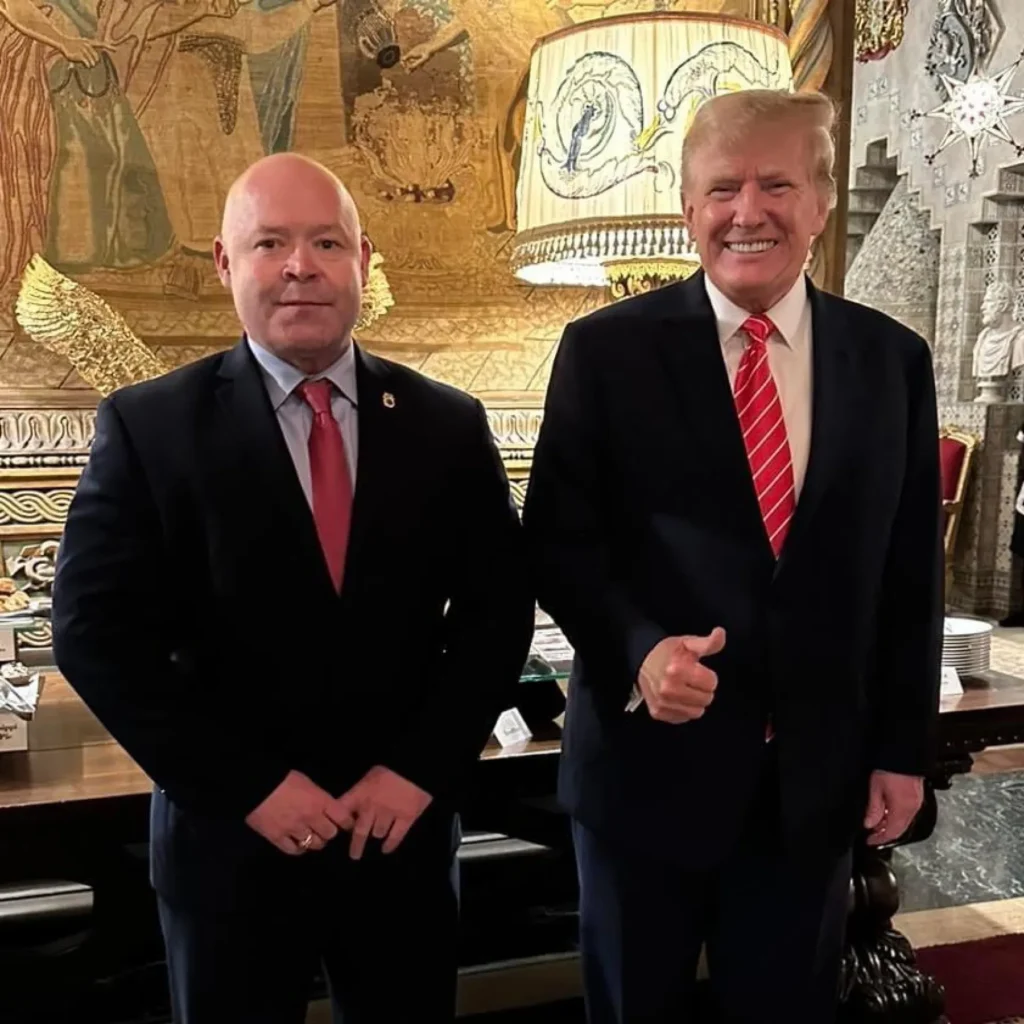The End of Federal Unionism

Donald Trump’s pro-worker agenda is leading to him unilaterally stripping collective bargaining rights from government agencies. That includes the Environmental Protection Agency, using national security grounds to justify it. Now, what is the connection between the EPA and national security here? Hmmm.. Talking Points Memo chatted with me about this and I got to spread some of my good cheer around:
On Wednesday, the Department of Veterans Affairs announced it was cancelling union contracts for most of its staff, a move that stripped some 350,000 VA employees of worker protections, according to Pete Kasperowicz, the VA press secretary. Only union contracts for around 4,000 police, firefighters and security guards remain in place, the VA said. In a statement, the agency called the termination of federal workers’ rights “good news for Veterans.”
On Friday, the Environmental Protection Agency also terminated its union contracts for at least 8,000 union members. The Federal Emergency Management Agency and U.S. Citizenship and Immigration Services have canceled their collective bargaining agreements, too, according to the Washington Post. Around 21,000 additional federal workers will be impacted by those cancellations according to posts on the American Federation of Government Employees’ website.
…
These moves came after Trump in March signed an executive order terminating collective bargaining for federal workers under the guise of national security concerns. In the order, Trump sought to eliminate federal workers’ union rights at myriad agencies and departments because, it said, their staff was “determined to have as a primary function intelligence, counterintelligence, investigative, or national security work.” On the long list of institutions included in the order are the National Institute of Allergy and Infectious Diseases and the National Science Foundation.
“It’s absurd on the face of it but it just doesn’t matter,” Erik Loomis, a professor of labor history at the University of Rhode Island, told TPM. “[Trump’s] going to do it and the courts are going to allow him to do it.”
“When you have these unclear legal guidelines around federal workers with a court system that is very dominated by anti-union Republicans at this point, it didn’t surprise me one bit,” Loomis said of the August decision. “I would absolutely expect continued attacks on federal unionization using whatever excuse.”
….
The implications of Trump’s assault on federal workers will have a pointed effect on certain demographics, too. Black people make up a disproportionately large share of federal workers. In 2020, Black employees were more than 25% of the VA’s staff, according to a report from the Veterans Health Administration Office of Health Equity. In 2021, 16.8% of the EPA’s staff were Black, according to a report from the agency.
“Federal work has been a staple of Black economic life, especially in the D.C. area, for a century or more,” Loomis said. “So what this does is it’s part of a broader war on Black America by the Trump administration.”
While federal government unions exist on shakier ground than private sector ones — they’re not protected by the same set of laws — Loomis said they still have their benefits.
“What a union really is about is protection on a job,” he said.
With Trump’s attacks on workers’ rights, “I would actually be surprised,” Loomis said, “if there were any unionized federal workers besides law enforcement by 2028.”
But hey, at least the rest of the labor movement hasn’t done a goddamn thing in solidarity with these fired workers.


